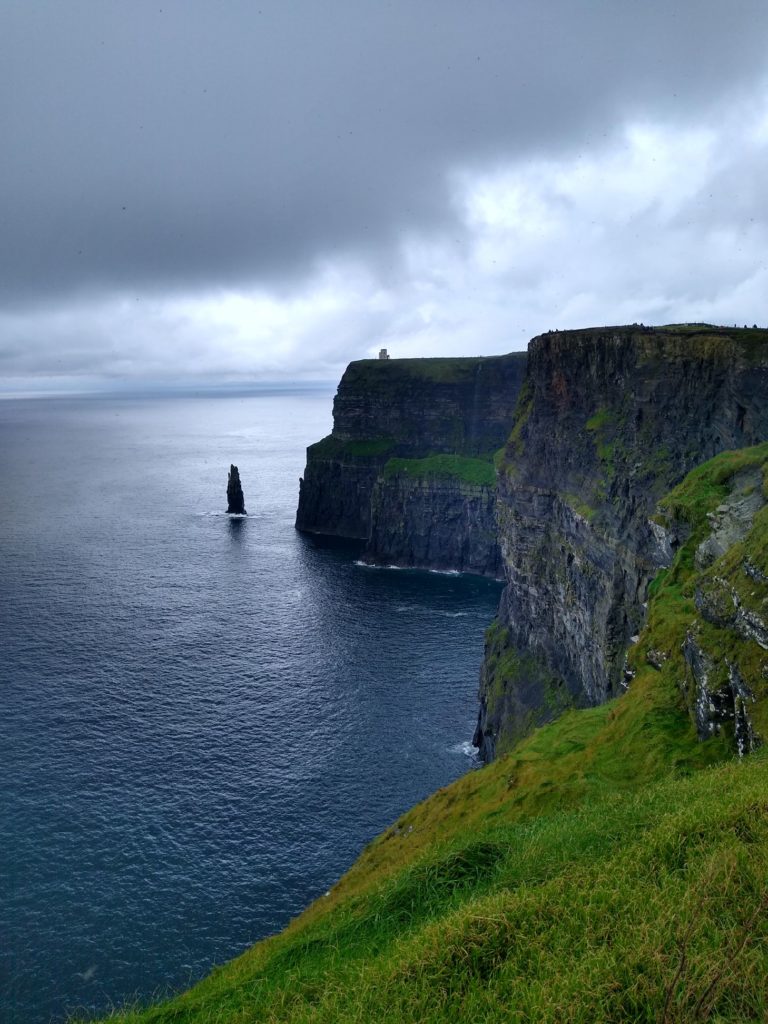
The Cliffs of Moher
There are times during our travel when we seek out the “unvisited.” This world is dotted with tourist attractions and traps that draw people from everywhere. And often, these places do not attract me. The last place I want to visit is a crowded beach, an overfilled museum, or a man-made tourist trap. I would much rather be the only American walking through a market in Tachileik, Myanmar; or maybe be invited into a local’s home for tea. But not every trip has to be hellbent on avoiding every popular location. Some spots you should just see, busy and iconic or not. In fact, some of the most amazing places on earth are indeed “touristy.”
The Pyramids in Cairo.
A sunset in the Caribbean.
Have you seen the stunning exhibits at the British Museum in London?
How about the leaning Tower of Pisa?
Or the Grand Canyon?
Try seeing any of these (and more) without the crowds or acres of fanny-pack wearing tourists. But missing out on the iconic places on earth is just that—missing out.
One such place is located in County Clare in the west of Ireland. Just south of the seaside city of Galway, runs a length of ocean-carved rock formations called the Cliffs of Moher. This location draws nearly a million visitors every year—and there’s a reason.
The raging sea hundreds of feet below slowly chip away at Ireland’s coast. At the top, strong cold winds create waves along the tall grass on rolling hills. The sheer majesty and the dramatic vertical plunging of cliffs evoke emotional overflow and speechless stillness.
Tall grass green
And short tufts too
Lay head
Sloping toward rough oceans
And not so blue
But grey and wild
A Wild Atlantic Way
Turning, curving
Rocky coast carving
Covered in ocean spray
Sudden stop
A drop
Without warning
Solid rock walls
Often trouble by storming
Stand as Garda
With enemies naught
Save wild waves
Who win (eventually)
All battles fought
anthony forrest
Leave a Reply